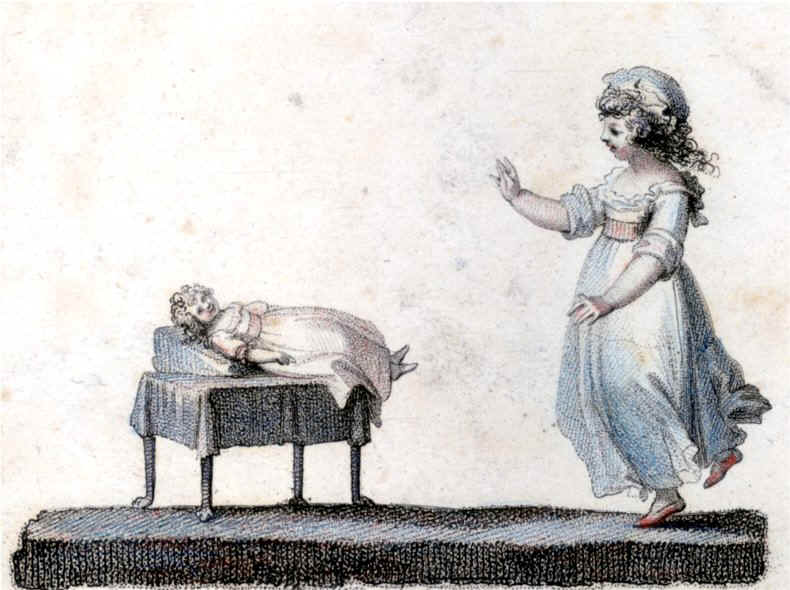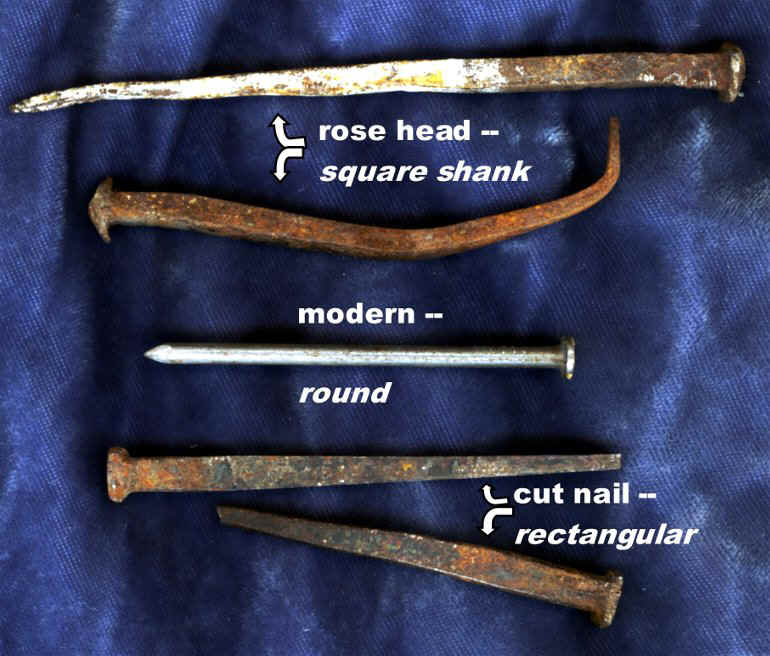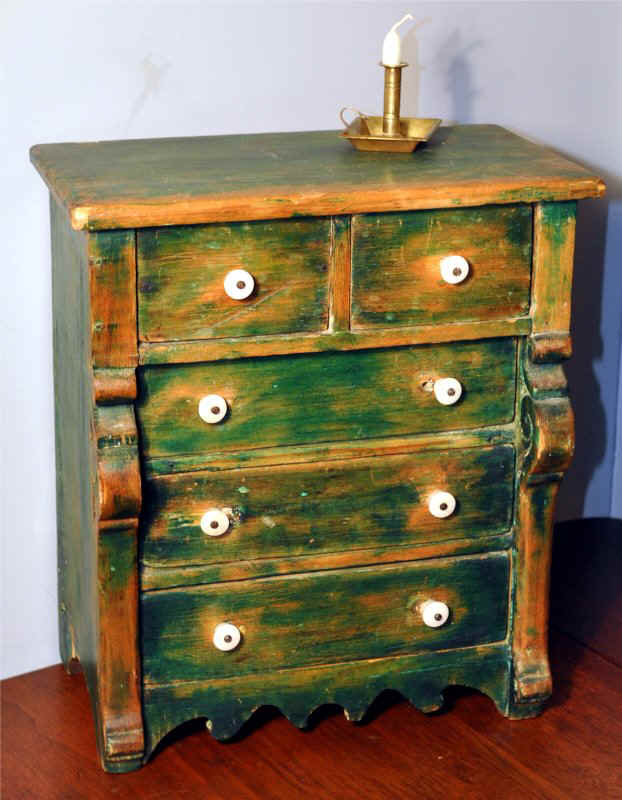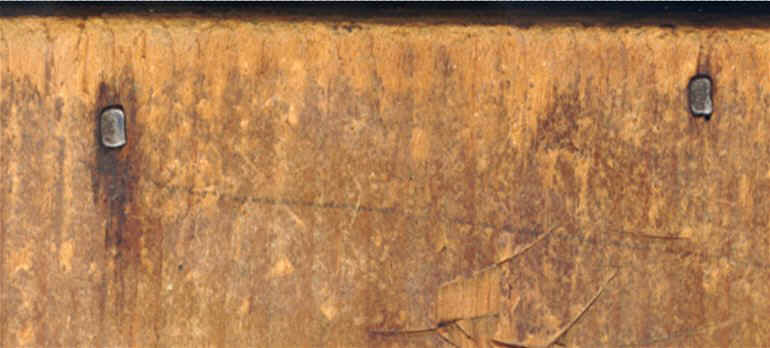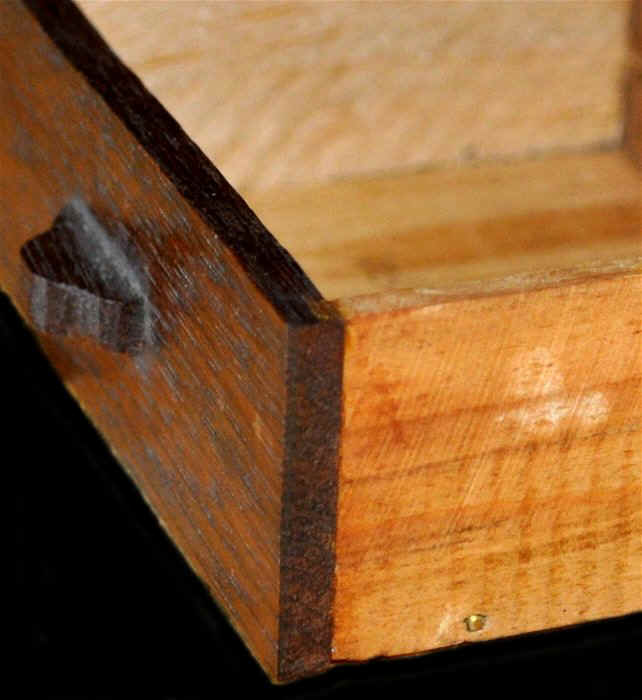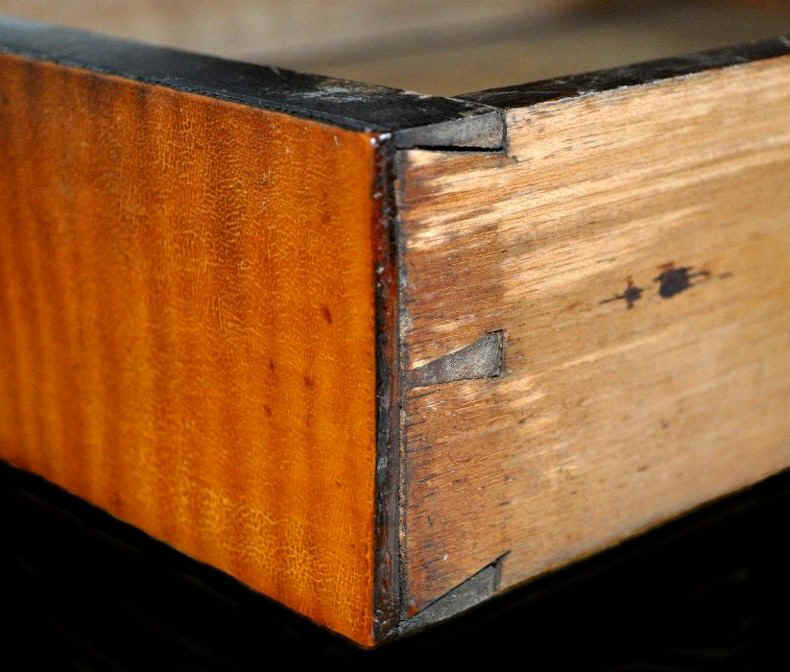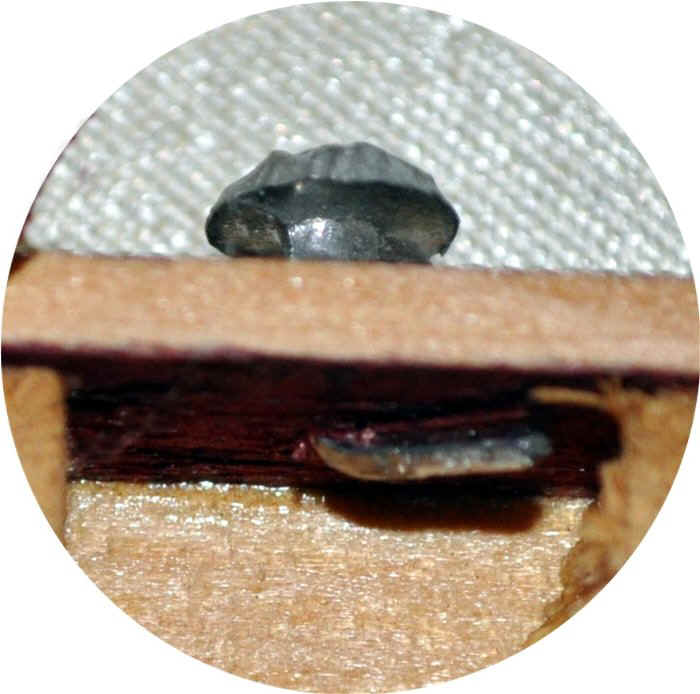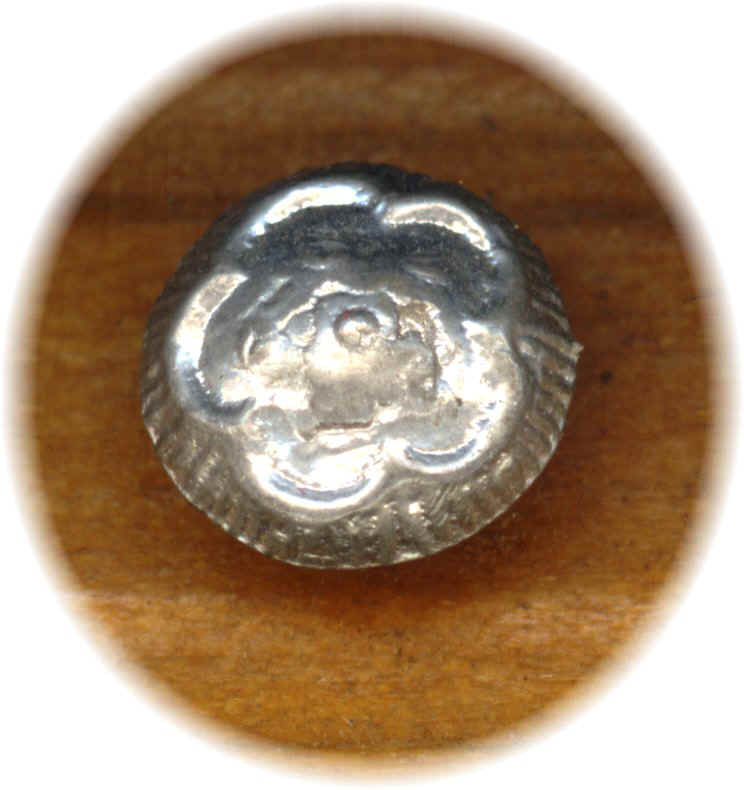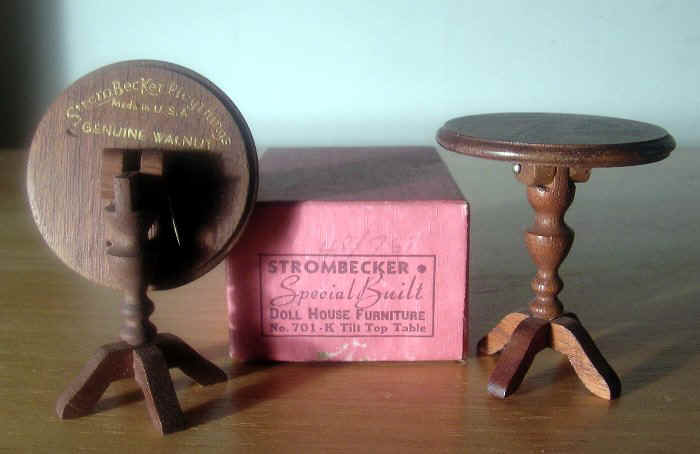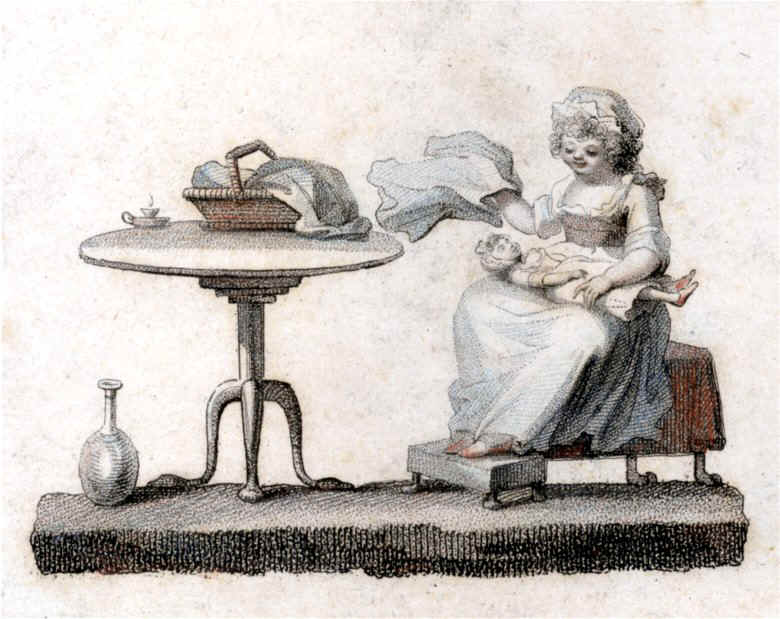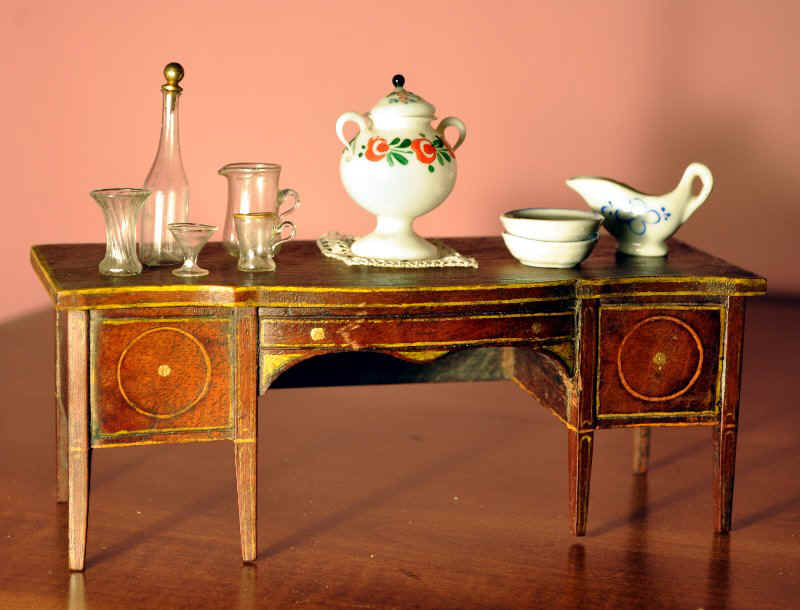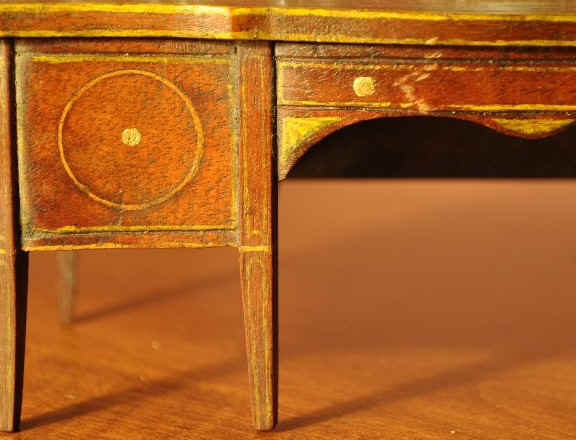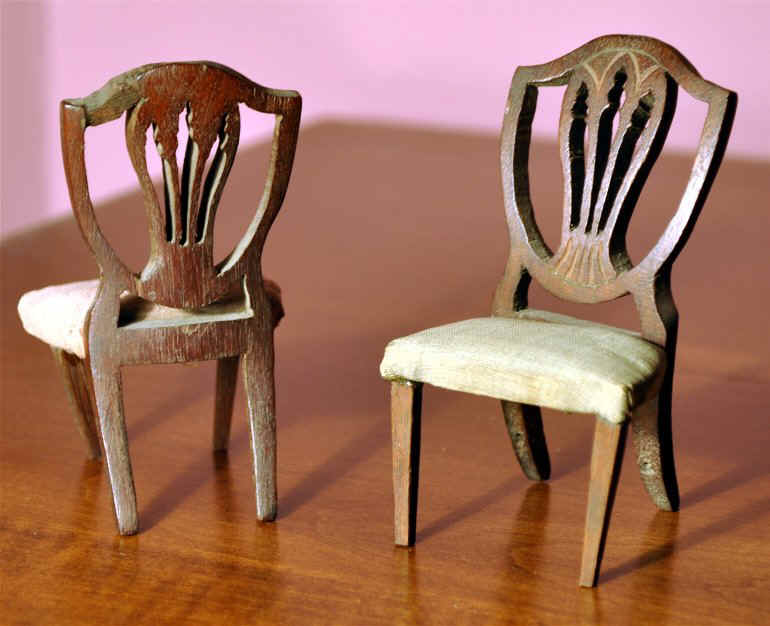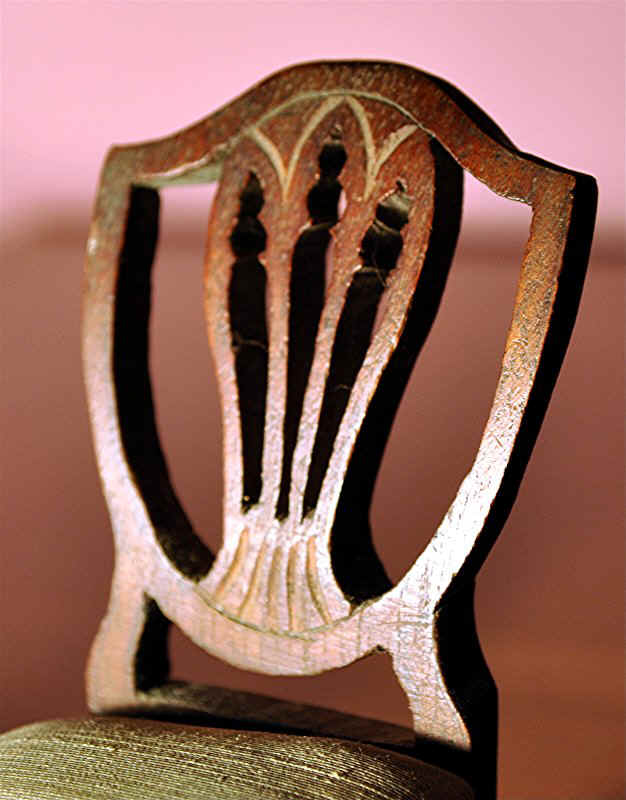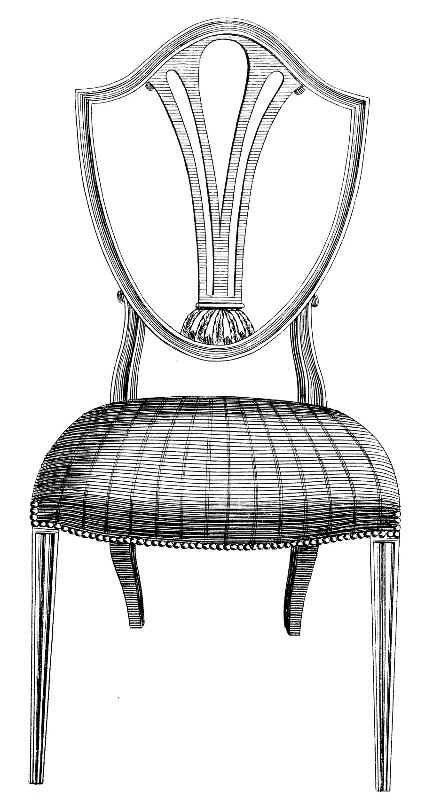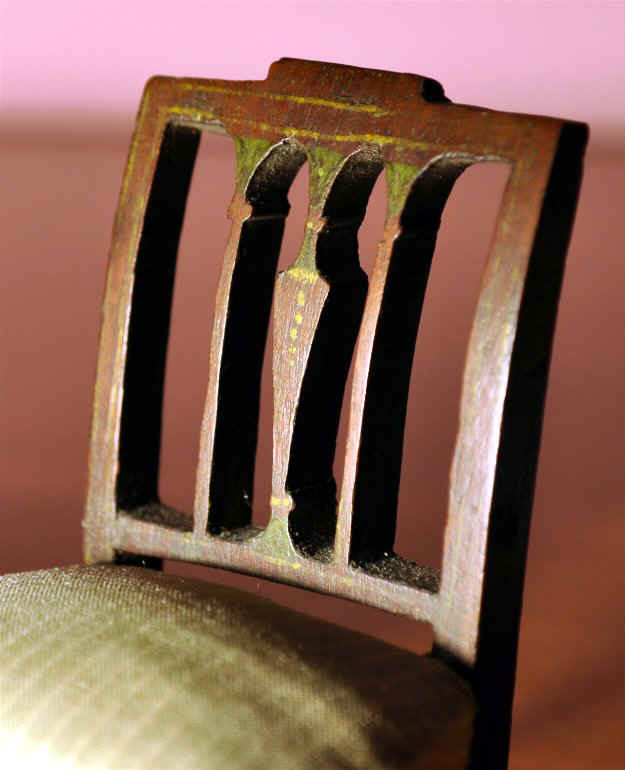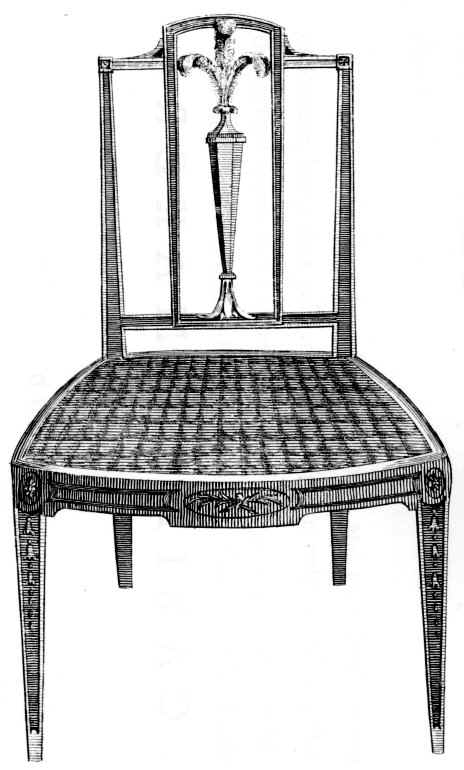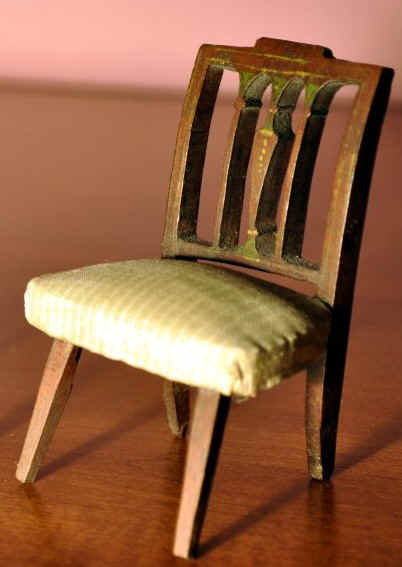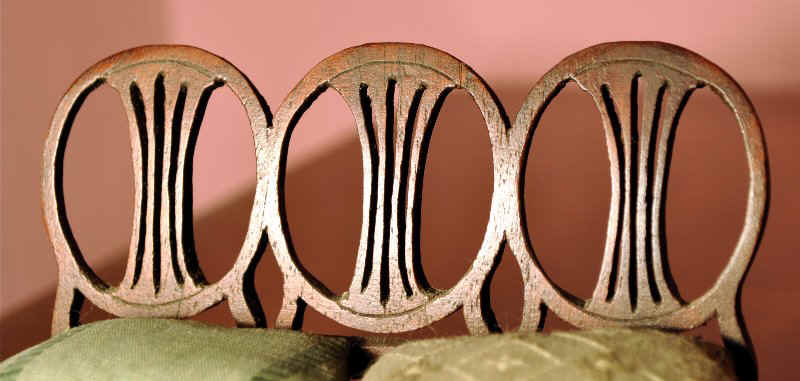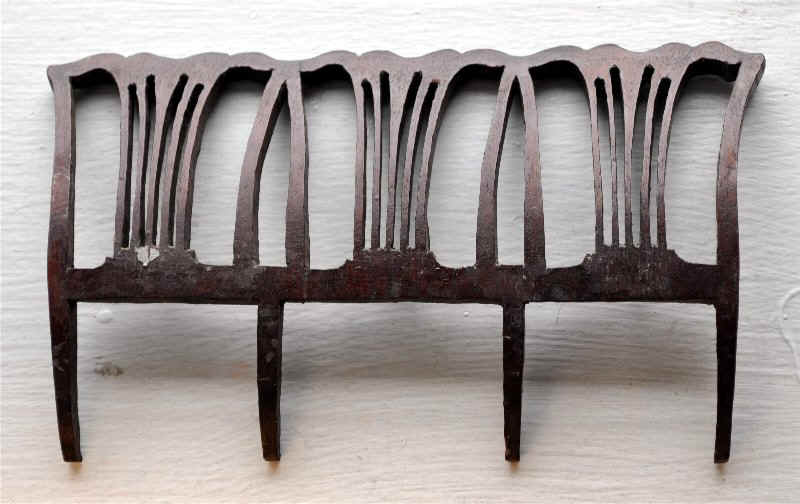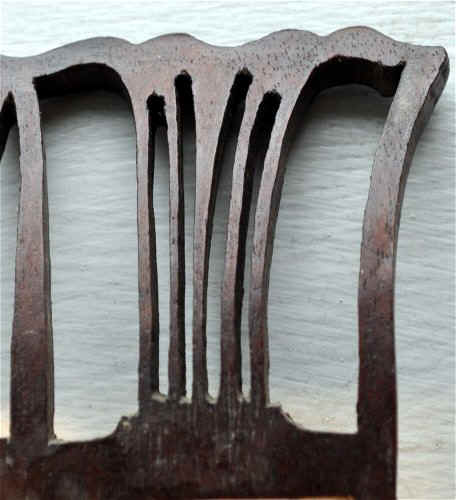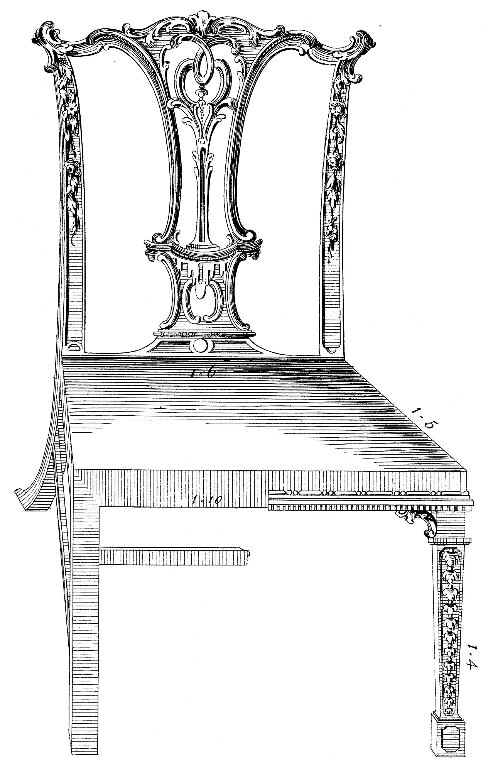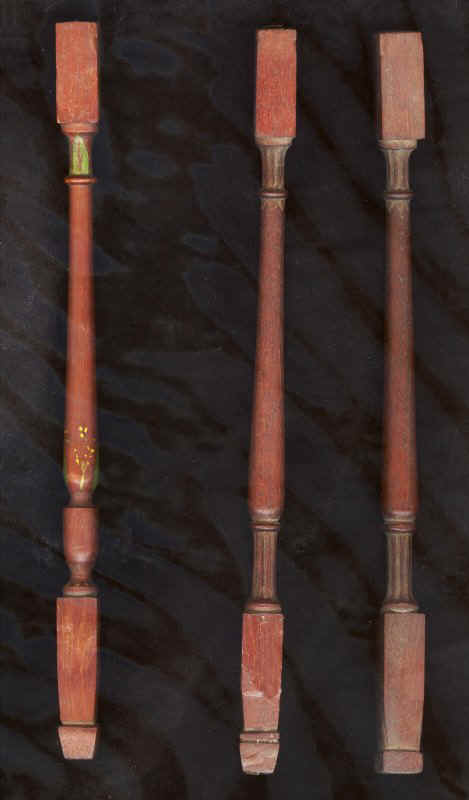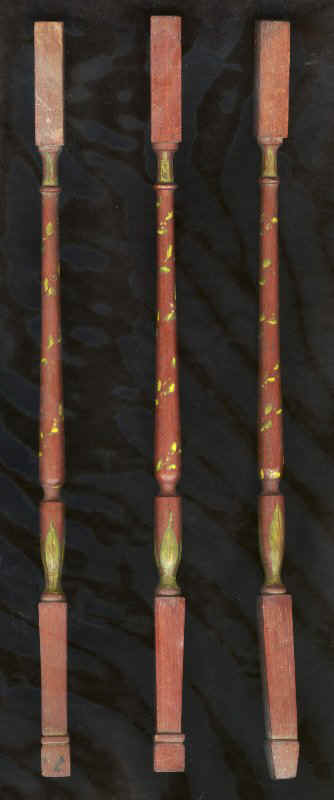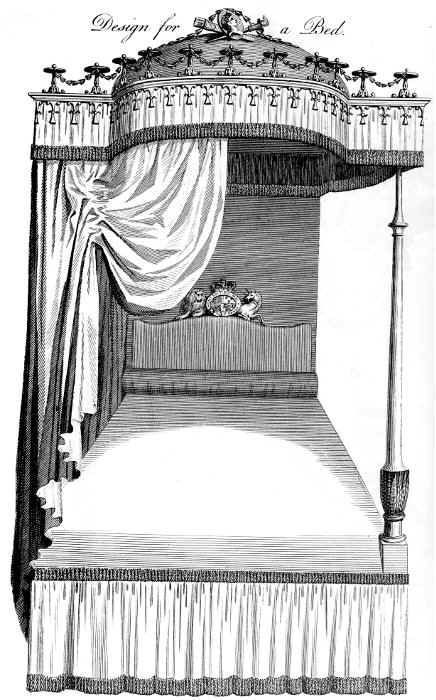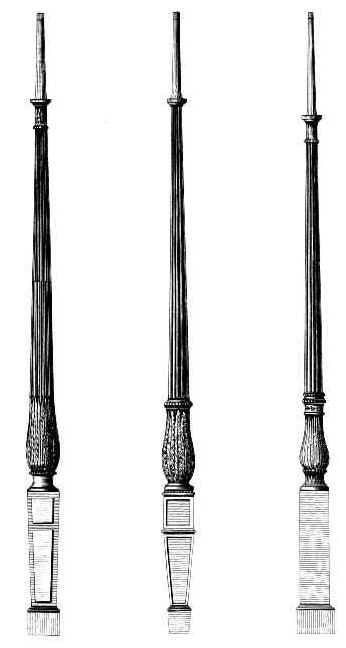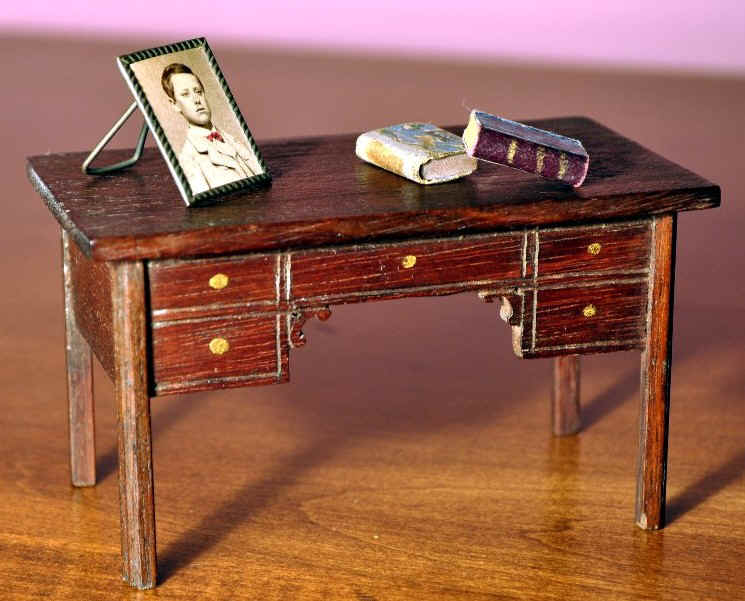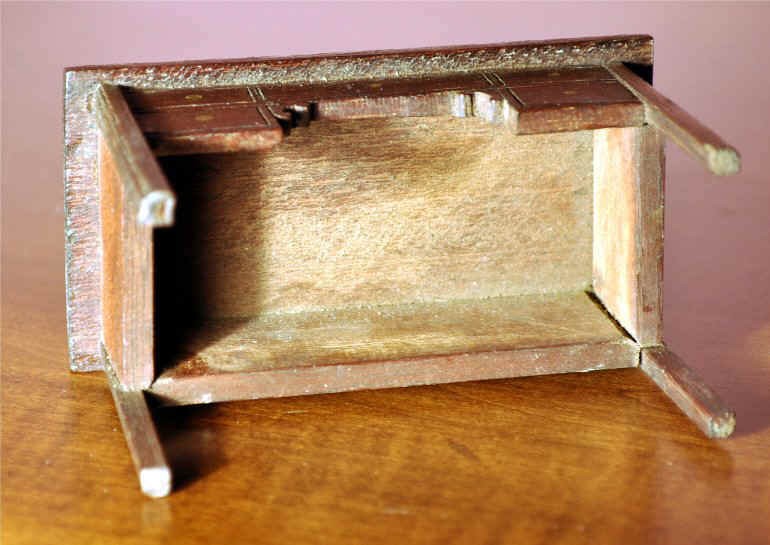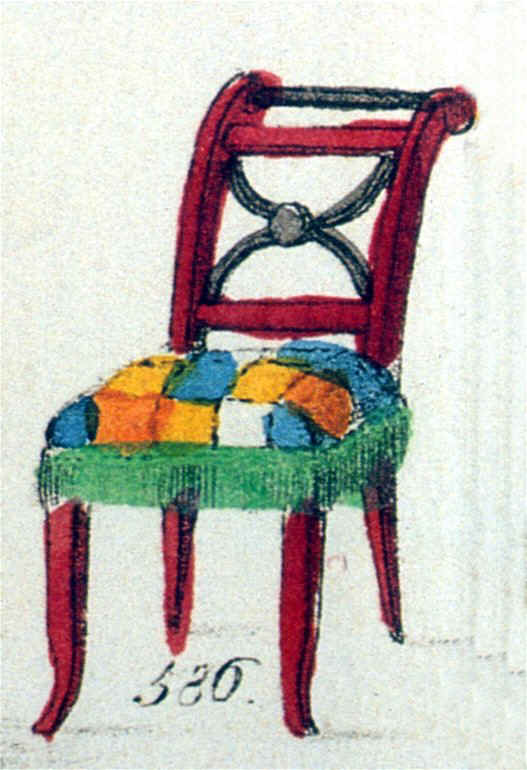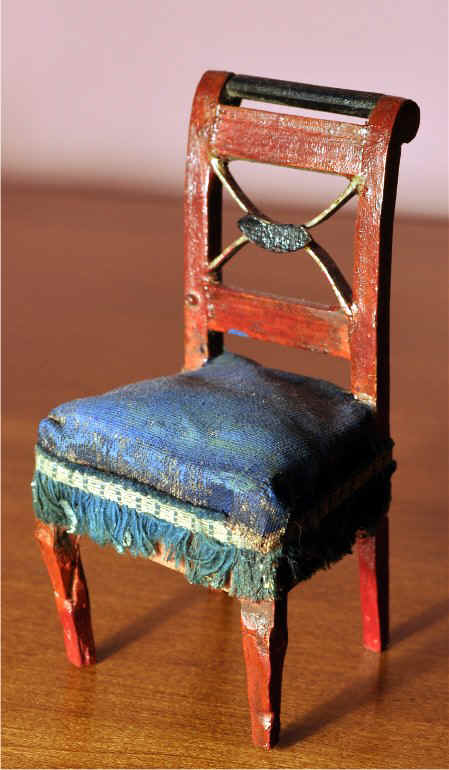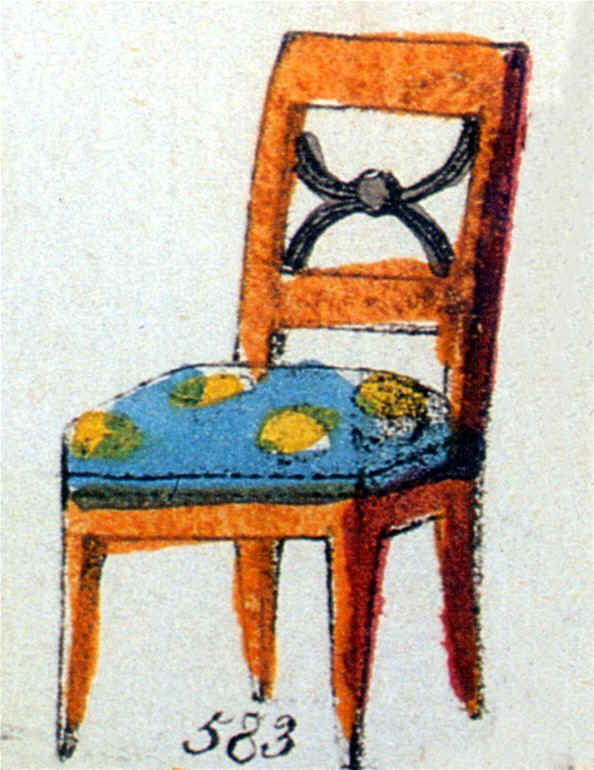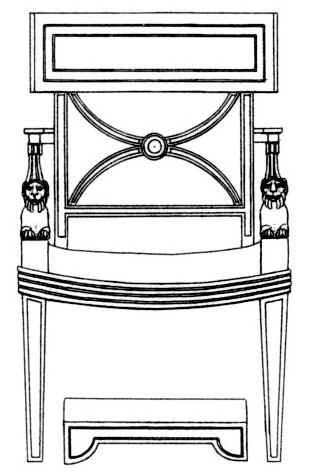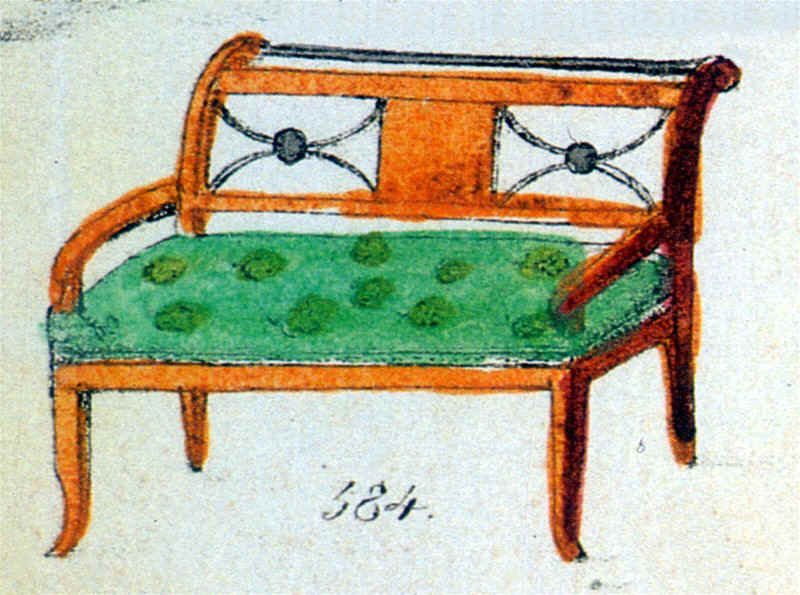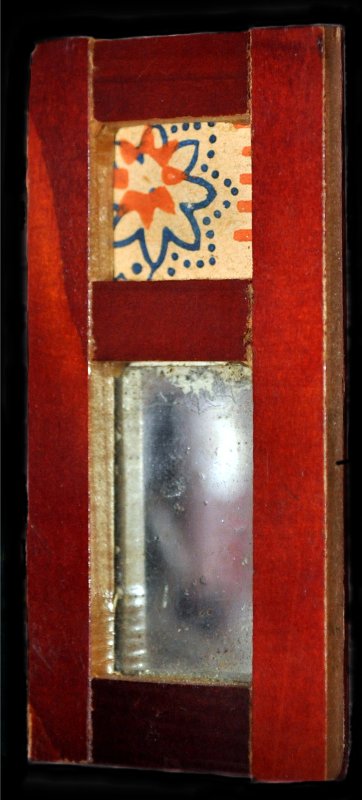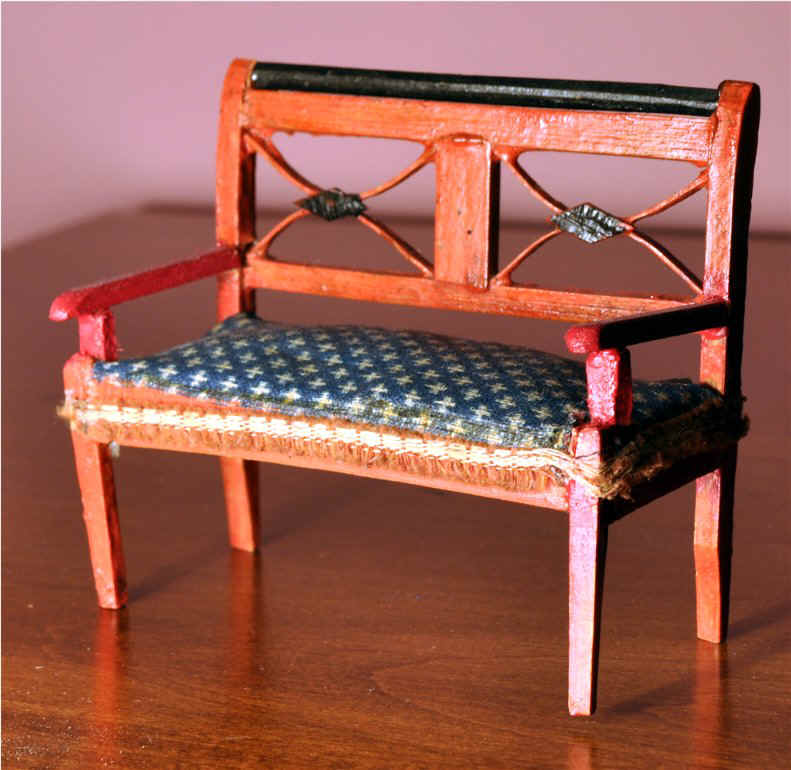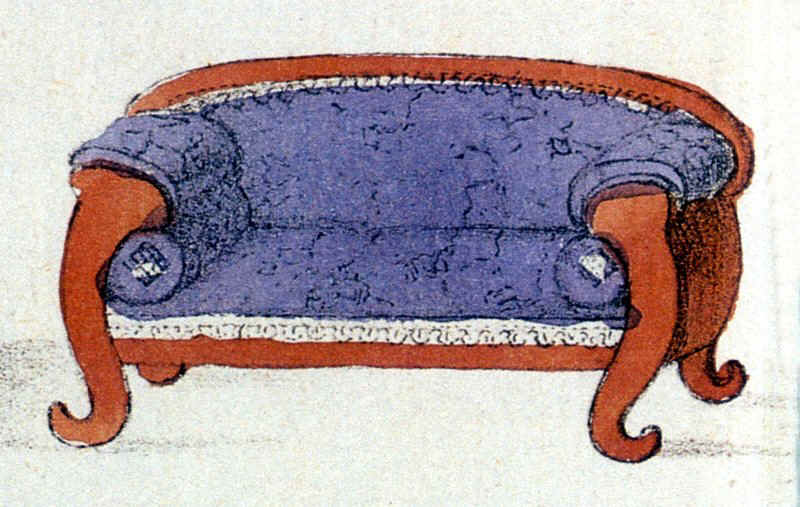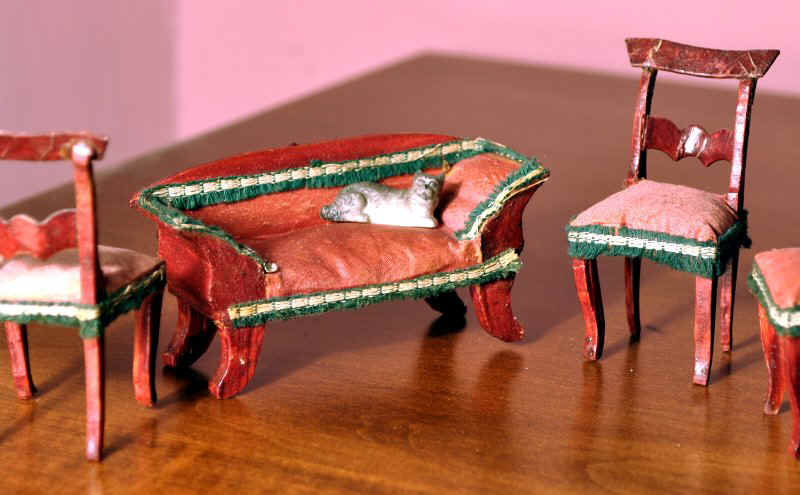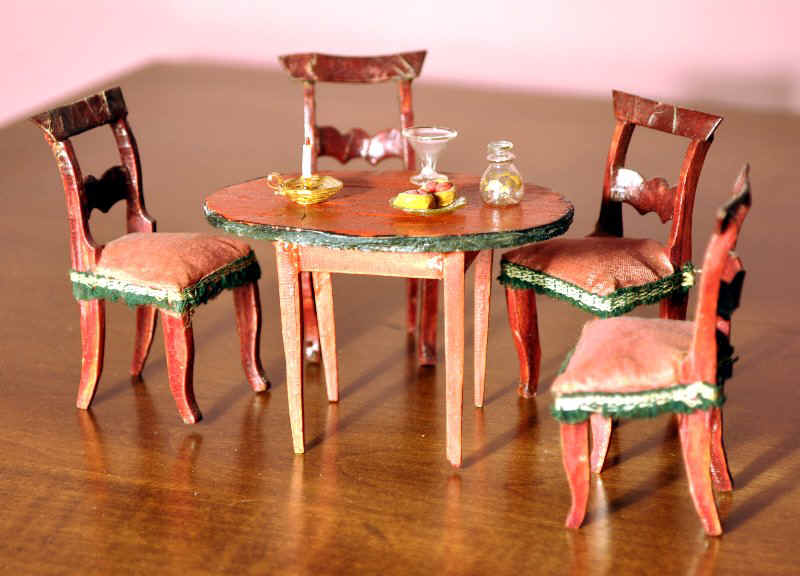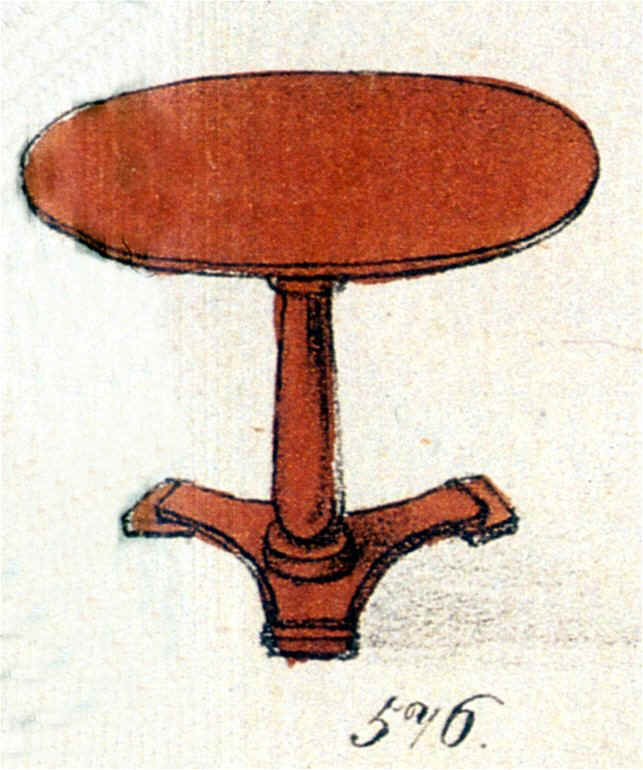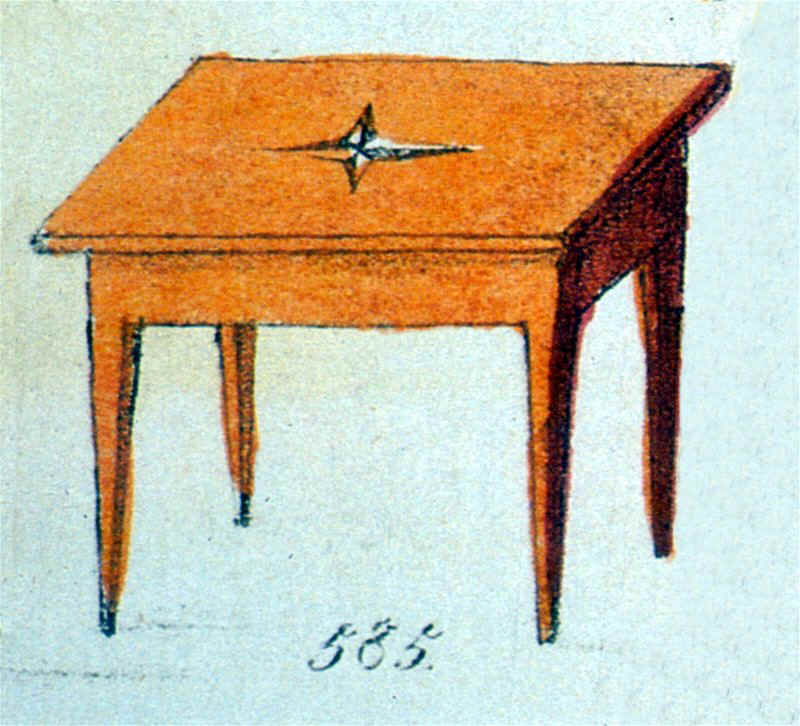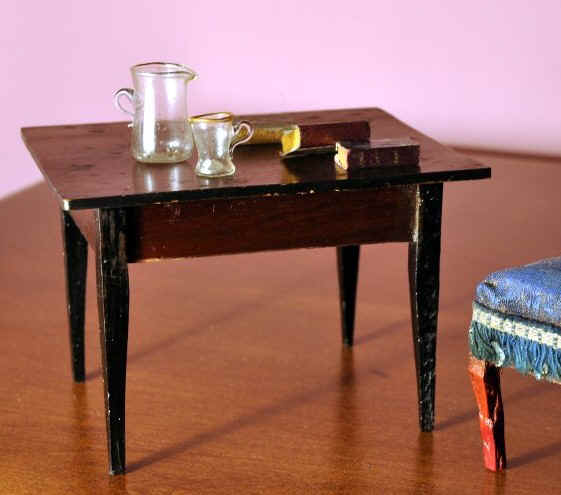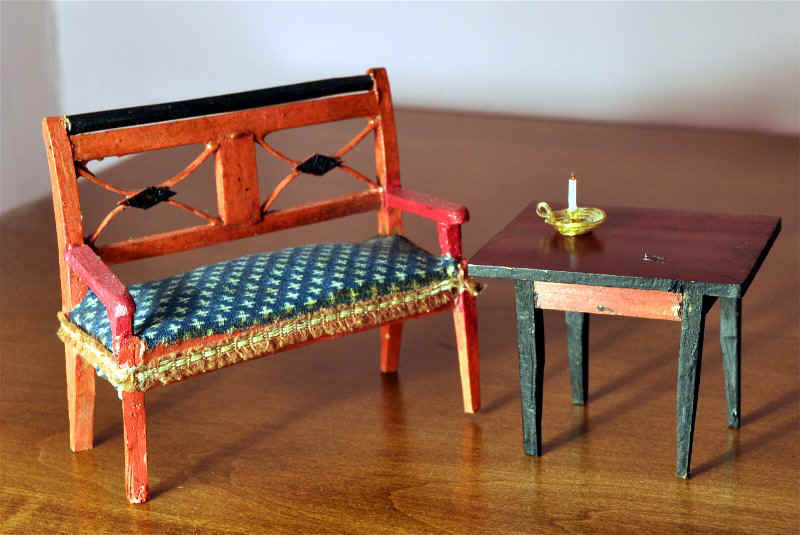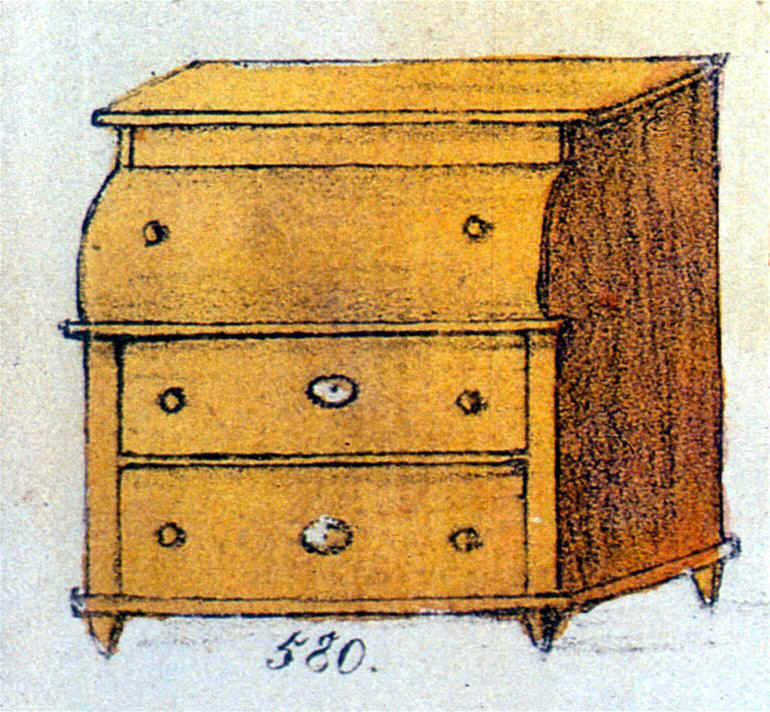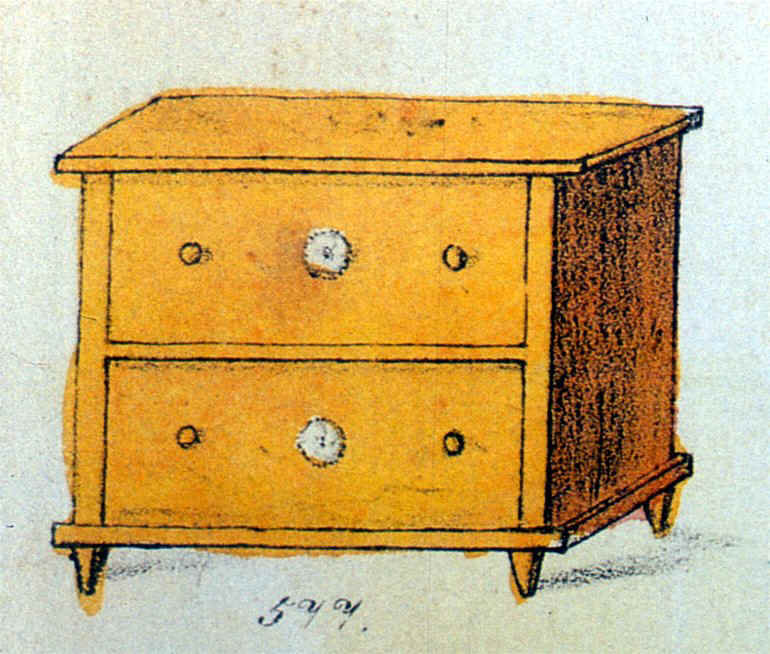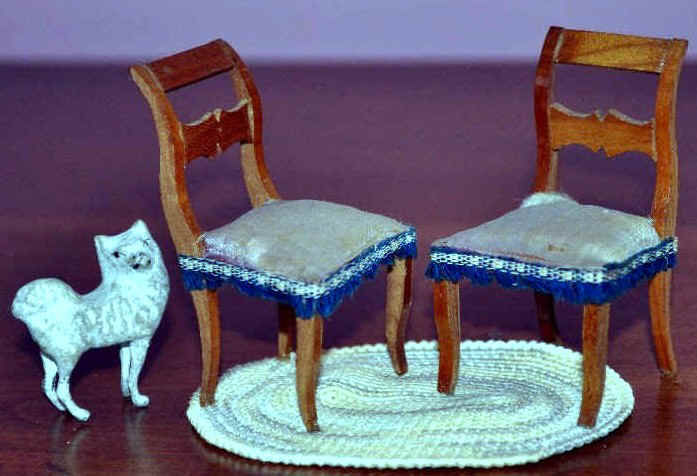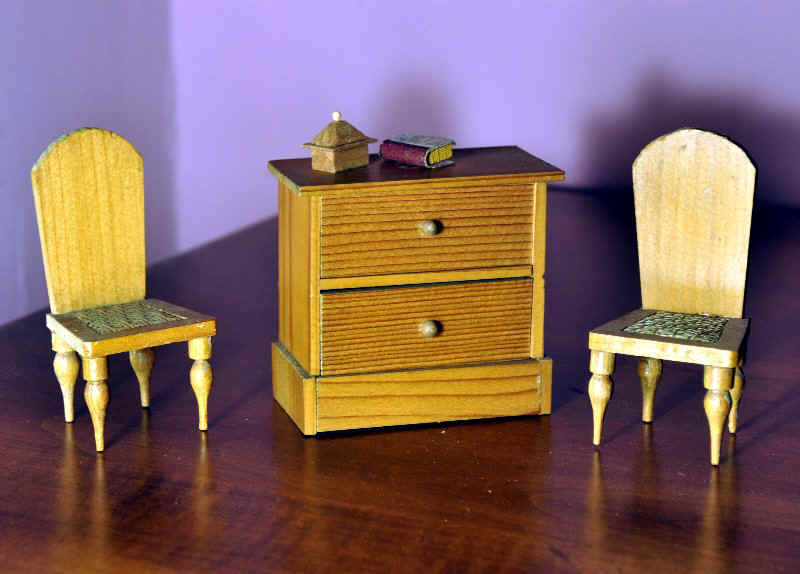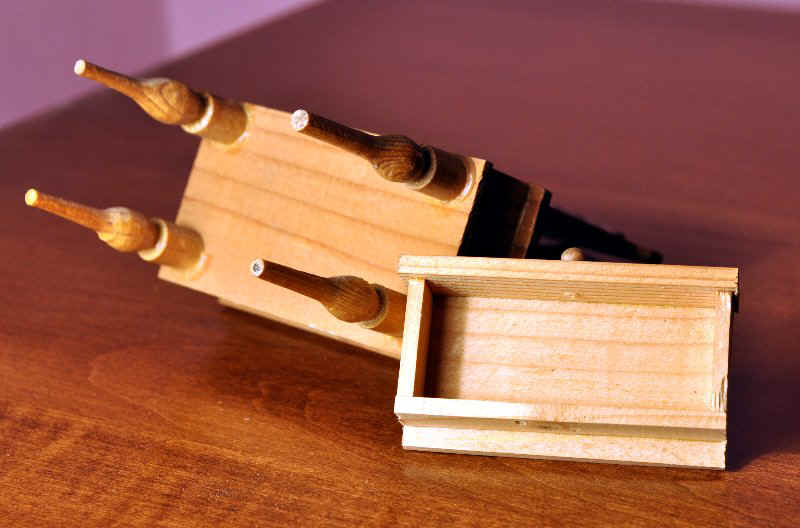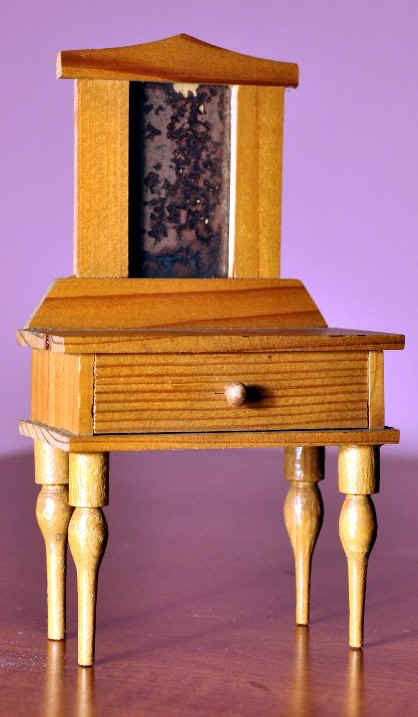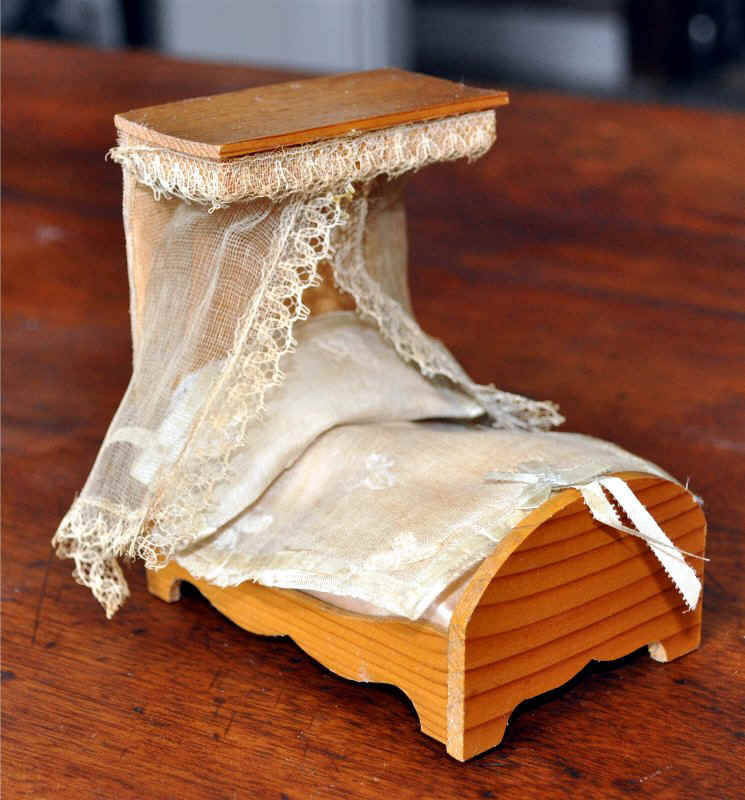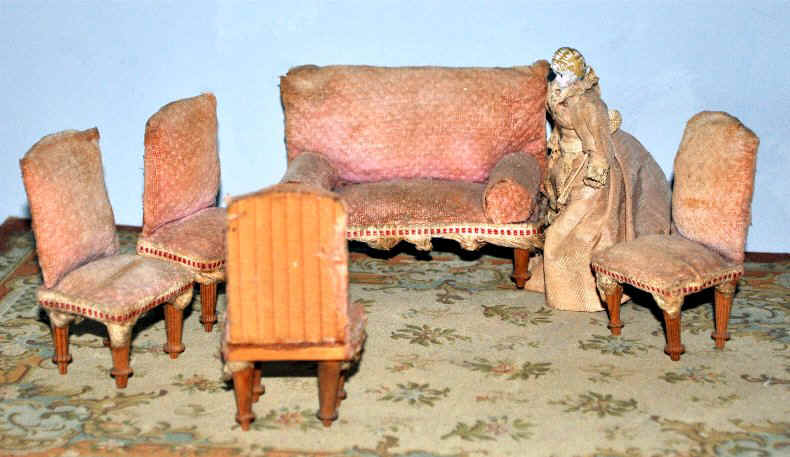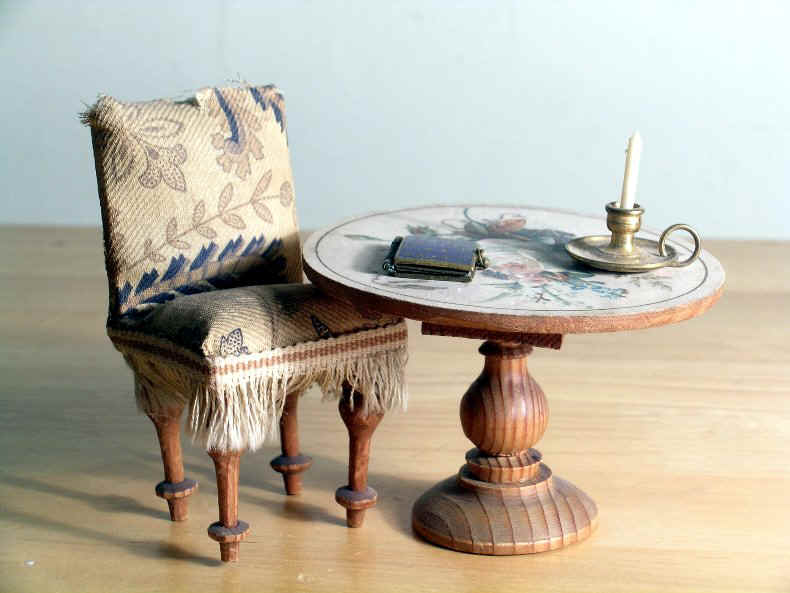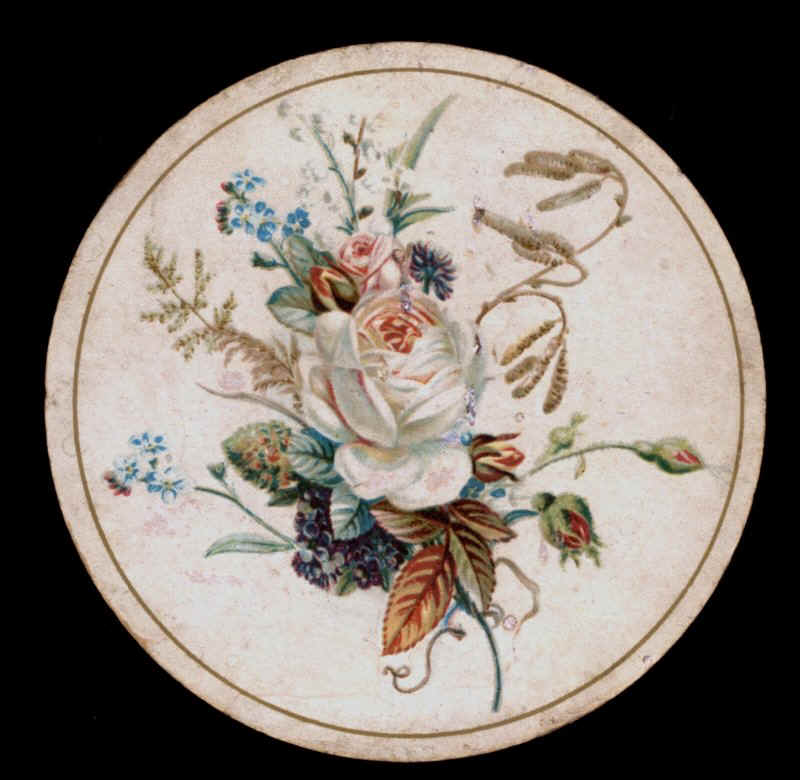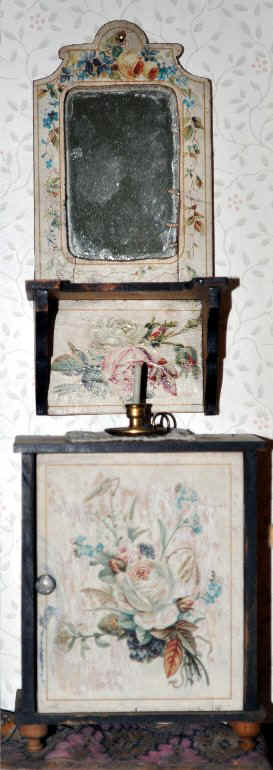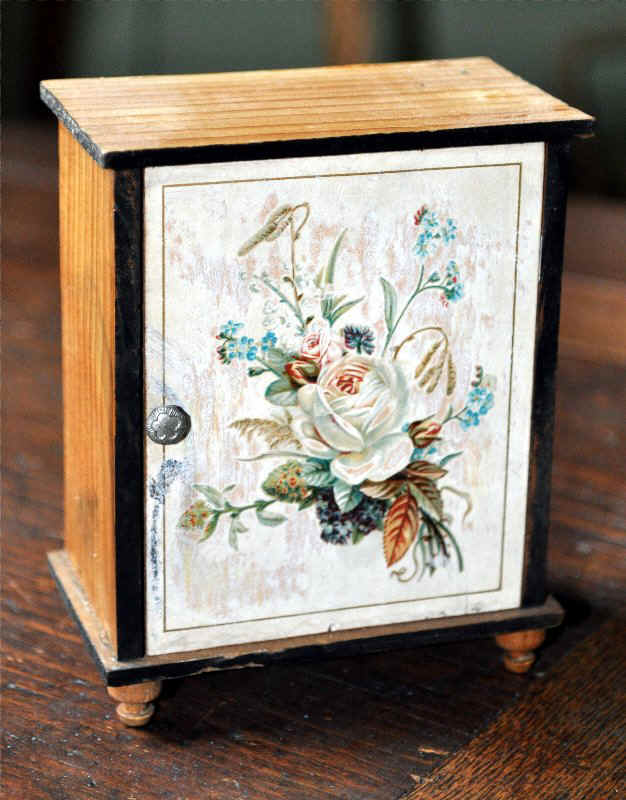Content-Language"
content="en-us">
|
part 1 of 3 selected examples of miniatures and dollhouse furnishings made previous to 1890 by Jennifer McKendry home page photography by Jennifer McKendry© Finding the Doll, 1796, English print
go directly to part 2 go directly to part 3
This article looks at a selection of items dating from the early 19th century to about 1890. For those made after 1890, see A History of Dollhouses, 1890 to 1990. In addition, there are illustrations of dollhouses and furnishings from about 1870 to about 1930 in the Gallery of Images. It is very difficult to date earlier items, unless they bear a date or have a good history (both rarities) or can be identified in early toy catalogues. Furthermore, many miniatures were made for decades after being introduced. Reference books can help (references), because the authors have handled enough miniatures to be able to assess by feel and look the approximate age even if there are no labels. Or they may have labelled pieces with which they do comparisons. Unless it is a much later repair, there should not be plastic parts or modern plywood, although multi-ply and veneering are old techniques. There should not be any electrical components, unless later additions (for example, retrofitting an early dollhouse with electric lights during or after the 1880s). Depending upon the country of origin, round nails were used from about the 1860s. Before that one may find rose-headed or square or rectangular nails. Of course, the majority of miniatures were glued together without nails which, however, may be found in dollhouses or large-scale furniture. Unless a replacement, fabrics should not be synthetics -- instead cotton, silk, linen, velvet and leather were used.
below The heads of rectangular cut nails from a mid 19th century chest of drawers (above right), 14 inches high, nailed into the bottom and end boards of a drawer (the sides of which are dove-tailed). As these were not normally visible, they were left exposed, while nails holding the drawer frames in place on the chest's side walls were driven in slightly and covered with plaster and then painted to match the rest of the piece. This doll size or apprentice chest was made in south-eastern Ontario, Canada. The drawer sides and bottoms, as well as the chest back and bottom were not painted because they were not visible. The exposed, untreated pine (below) has turned deep golden brown or gained patina with exposure to the air over many years. When new, it was light blonde. Nail types and patina may help in dating early dollhouses. rectangular nail heads driven into pine , which has darkened because of patina; this is the bottom of a drawer from the green chest of drawers illustrated further above
Even in unpainted miniatures, the secondary wood in areas not normally seen may be a cheaper soft wood showing patina, while the visible areas may be made of more expensive hard woods such as mahogany, maple or oak (below). .
upper left drawer from 1870s American dollhouse chest of drawers with pine as a secondary wood and right drawer illustrating dove tails with figured maple on the front and pine on the sides from a real lamp table, Canadian, 1830s
Knobs may be
made of wood or plain metal. Moulded soft metal knobs are often found on the
drawers and doors of early pieces; the long shank goes through a hole in the
wood and is bent over to keep it from pulling out (right); if in a door, the
hole may be wide enought to permit the knob to be
turned and the shank long enough to catch on th
Style is tempting to use for dating but can be problematic, for example, Rococo Revival was used in early pieces but continued into the early 20th century. In the 1920s, an enthusiasm for colonial items in the United States (for example, Tynietoy) saw a revival of old fashioned forms. In the 1960s (and continuing today), adult collectors wanted period styles such as Chippendale and Hepplewhite. The technology had changed to mass production, however, and, hopefully, most modern pieces were labelled with the company (for example, Shackman) and country of origin (or example, China). It is tempting to see a smooth progression from a plain appearance in furniture to an elaborate one as the decades rolled by during the 19th century but the reality was no doubt more complex and contradictory than that. There is logic in thinking about miniatures as being in tandem with or lingering later than the styles evident in real furniture. It is not likely that a child's play toy was in advance of what had become popular in the adult world. It is worthwhile, therefore, considering style as a general guide for dating (but complicated by differences in taste among countries). The dating -- for the most part -- of the selected examples shown below is an educated guess. note defects in casting, moulding and finishes are more apparent and distracting in close photographs than when the miniatures are displayed in an appropriate setting EXAMPLES OF REVIVED STYLES FROM THE MODERN ERA BASED ON STYLES FROM THE LATE 18TH & EARLY 19TH CENTURIES:
Walnut tilt-tip pedestal candle table made by the American firm Strombecker in 1938. The design is a revival of mid 18th to mid 19th centuries tables, as seen below in an 1796 English print, Putting Doll to Bed.
The following English pieces – marked with * -- were part of the same set of furnishings for a dollhouse
below George Hepplewhite, The Cabinet-Maker and Upholsterer's Guide, London, 3rd ed., 1794.
English serpentine-front sideboard, Hepplewhite
style, with more sophisticated construction than the first example. All the
drawers and doors open and have brass pull rings. The taper legs terminate in
spade feet. The blonde decorative edging is inlay flanked by a black narrow
band. The main wood is mahogany. 6¼ inches long. Early 19th
century. below
The sideboard with a matching extension table shown in its shortest form at 6
inches long.
The extension table at its longest –
8 inches
A well turned and pronounced pedestal
support with an urn motif and three scrolled legs.
Dining parlour as illustrated in
Thomas Sheraton’s The Cabinet-Maker and
Upholsterer’s Drawing Book of 1793. One wall is collapsed at the bottom
of the drawing, so that we can see the layout of a serpentine sideboard at
each end of the room, chairs lined up against the long walls and an extension
table in the centre.
The carved mahogany chairs with incising are 3½ inches high. The seats curve at the front.
Slip seats resting on a carved frame.
One of a pair of English mahogany sidechairs* with taper legs, rectangular backs with three splats, the centre one forming a classical urn and with painted details in the Neoclassical or Hepplewhite style. upper left Hepplewhite's Guide of 1794
English settee*, 4½ inches long, early
19th century, Hepplewhite style
Back and legs of an English settee*, 6 inches long, early 19th century, in the Rococo or Chippendale style. left Thomas Chippendale, The Gentleman & Cabinet-Maker's Director, 3rd ed., 1762 The pierced central splat runs from the carved crest rail to the seat frame. By the third edition, Chippendale was offering straight legs as an alternative to cabriole legs. The dollhouse example is missing an upholstered seat and front legs, which would have been glued on. The pair of wood, carved arms has survived.
High-post bed pillars* in the Hepplewhite style. English, early 19th century, turned and carved mahogany with painted details, ranging from 7½ to 10½ inches high. Note the classical urn motif and leaf decorations. A vine is painted on 3 of the posts. A heavily draped bed is shown in Hepplewhite's Guide of 1794 (3rd ed.)
(this is the end of these English pieces from the same dollhouse)
German sidechair (front legs repaired) and designs from Lindner's toy catalogue, 1840. The curving X is derived from a classical motif, seen below right in an illustration for a British chair (based on a Roman theme) in Thomas Hope's Household Furniture and Interior Decoration, 1807. There was an international admiration for all things Roman at this time.
note: For Lindner catalogues, see the Victoria & Albert Museum, London. For more images, see Olivia Bristol & Leslie Geddes-Brown, Dolls' Houses, 1997.
Lindner settee design; the settee below has replacement arms
mirror, maker unknown
sofa Lindner toy catalogue, Germany, 1840
above sofa, Germany, 1840s (not necessarily by Lindner but of the type)
Tiny set of four sidechairs, 2½ inches high, in red with white and green fabric trim; sofa with red silk upholstery, 3¼ inches long; and oval-top table; maker unknown although the curving out of the lower part of the legs is reminiscent of Lindner, as are the scrolled sofa legs, ultimately derived from classical prototypes; the chair backs with concave crest rails applied in front of the back posts and shaped middle rails are also classical in origin
Lindner 1840; a combination of red and black stains are often found on these early German tables; note the legs taking on a taper towards the floor
Lindner 1840 some pieces have centered inlay motifs
Lindner 1840; chests of drawers and desks were available in a variety of sizes and number of drawers (two or three) and inlay motifs (circular, oval, diamond)
above Lindner 1840 beds showing a range of sizes below Lindner set of chairs
The smooth scroll of the back legs and posts in counterpart to the outward scroll of the front legs plus the shaped middle rail originate in classical designs, maker unknown, 2¾ inches high; beautiful workmanship in natural wood on a tiny scale
Set of German bedroom furniture c1850 in blonde wood with a pronounced grain; the chair seats have each an inset panel of woven multi-coloured wicker; wood knobs; legs with bulbous turnings at the top becoming narrow at the bottom Dresser
(below) seen from the underside and its drawer
The bed, 4 inches long, has a half-canopy and its original bedding
Set of German parlour furniture, upholstered in rose (now faded) and with fringes around the seat bottoms, 1850s-1860s
N.B. - please click here to continue to part 2 go directly to part 3 GALLERY of IMAGES of dollhouses & furnishings references on dollhouses & miniatures
|
